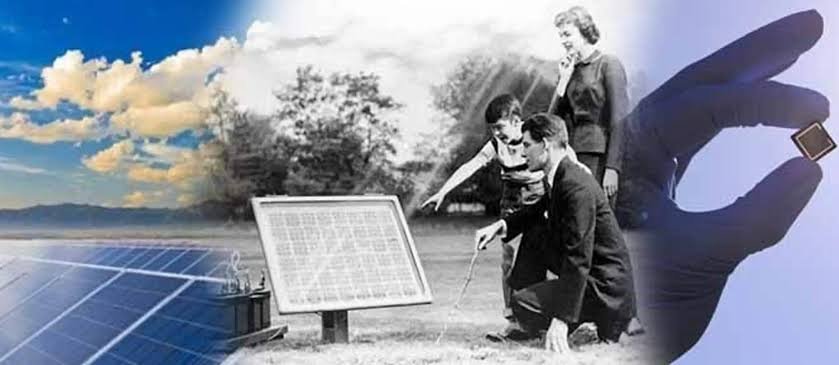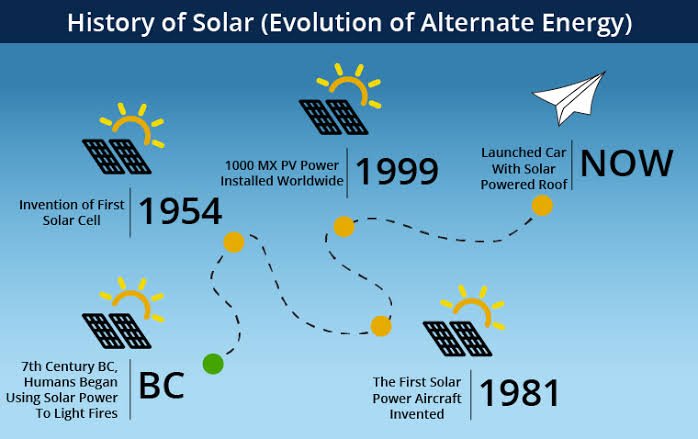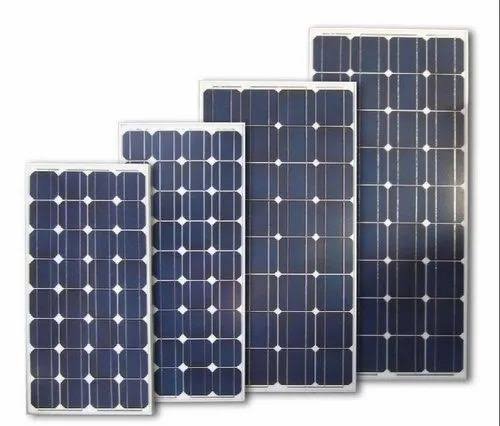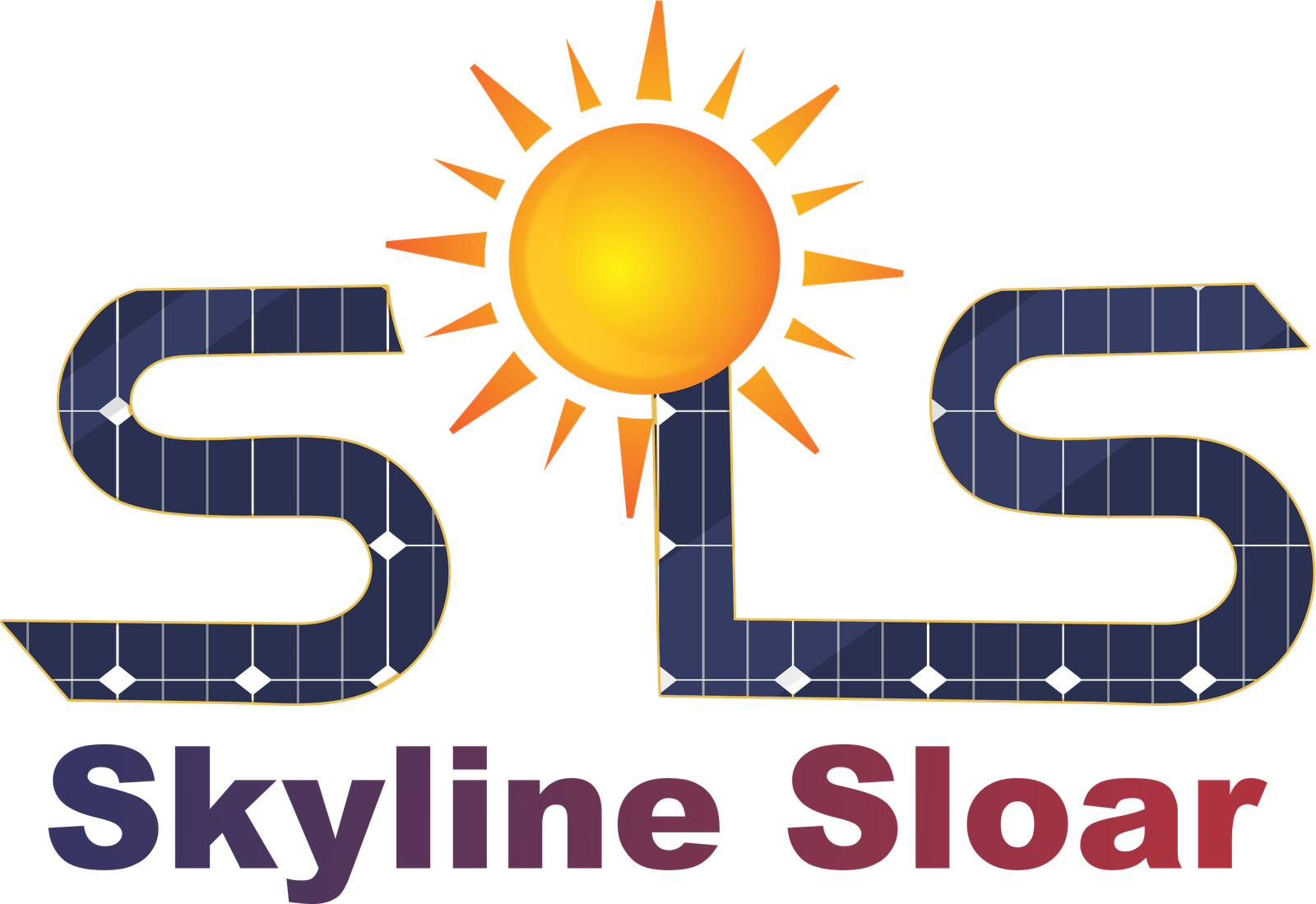History, present and future of solar panels
Exploring the history, present and future of solar panels might feel like diving into a deep sea of information. It’s like trying to find a clear path in a jungle full of tangled vines. People want to know how solar panels started, where they are now, and what’s coming next. But the technical talk and mixed messages make it feel like solving a puzzle with missing pieces. Simplifying this complex topic can help everyone see the bright.
History of solar panels

1960s-1970s:
1980s:

1990s-2000s:
Overall, the 1990s and 2000s marked a period of significant growth and innovation for the solar industry, laying the foundation for its continued expansion.
Solar panels in present time

Solar panels have become increasingly efficient and affordable in recent years, making them a viable option for renewable energy. Some of the current trends and advancements include:
Overall, solar panels have become a crucial part of the global transition to renewable energy, and their efficiency and affordability continue to improve.
Future of solar panels

2025-2030
Solar panels continue to improve in efficiency, with new materials and designs boosting conversion rates and maximizing energy output.
Solar panels are increasingly integrated into smart grids and energy storage systems, allowing for better management of energy production and consumption.
Economies of scale, technological advancements, and streamlined manufacturing processes lead to further cost reductions, making solar energy even more accessible and affordable.
Governments implement policies and incentives to accelerate the transition to renewable energy, further driving the adoption of solar panels and other clean energy technologies.
Innovation of solar panels
Innovations in solar panels are making them smarter and more efficient. New materials and designs allow them to capture sunlight better, even on cloudy days. They’re becoming more affordable, making solar energy accessible to more people. Some panels can even track the sun throughout the day, maximizing their energy production. These advancements are helping us move towards a cleaner and more sustainable future.

Advancement of solar panels efficiency

In recent years, significant advancements have propelled the efficiency of solar panels to unprecedented levels, promising a brighter future for renewable energy adoption in Pakistan. Breakthroughs in photovoltaic materials and manufacturing techniques have led to remarkable improvements in conversion efficiency, allowing solar panels to harness more sunlight and generate higher electricity outputs per unit area. Innovations such as PERC (Passivated Emitter Rear Cell) and bifacial solar cells have optimized light capture and energy conversion processes, while tandem solar cells and multi-junction technologies have pushed the efficiency boundaries even further. Additionally, research efforts in novel materials like hold immense potential for achieving even greater efficiencies in the near future. These advancements not only enhance the economic viability of solar power but also accelerate its integration into Pakistan’s energy landscape, offering a sustainable pathway towards energy security and environmental stewardship.
Frequently Asked Questions
1.What is the history of solar panels?
Solar panels have a rich history dating back to the 19th century when scientists first discovered the photovoltaic effect, which is the process by which sunlight is converted into electricity.
2.How do solar panels work now?
Solar panels work by harnessing the energy from sunlight to generate electricity. They are made up of photovoltaic cells, which absorb sunlight and convert it into direct current (DC) electricity
3.What are the benefits of using solar panels today?
Using solar panels has numerous benefits, including reducing electricity bills, decreasing reliance on fossil fuels, and lowering carbon emissions. Solar energy is renewable, abundant, and environmentally friendly, making it a sustainable option for powering our world.
4.What advancements can we expect in the future of solar panels?
The future of solar panels holds exciting possibilities, including increased efficiency, lower costs, and improved storage capabilities. Researchers are working on developing innovative technologies such as solar paint, and solar panels integrated into building materials, paving the way for a more widespread adoption of solar energy.
5.How can individuals and communities contribute to the future of solar panels?
Individuals and communities can contribute to the future of solar panels by investing in solar energy systems for their homes or businesses, advocating for policies that support renewable energy, and participating in community solar programs.
Conclusion
In conclusion, the history, present, and future of solar panels represent a remarkable journey of innovation and progress in harnessing the power of the sun. From humble beginnings rooted in scientific discovery to the widespread adoption of solar energy as a viable renewable resource today, solar panels have revolutionized the way we generate electricity. Looking ahead, ongoing advancements in technology promise even greater efficiency, affordability, and accessibility, paving the way for a brighter and more sustainable future powered by the sun.






